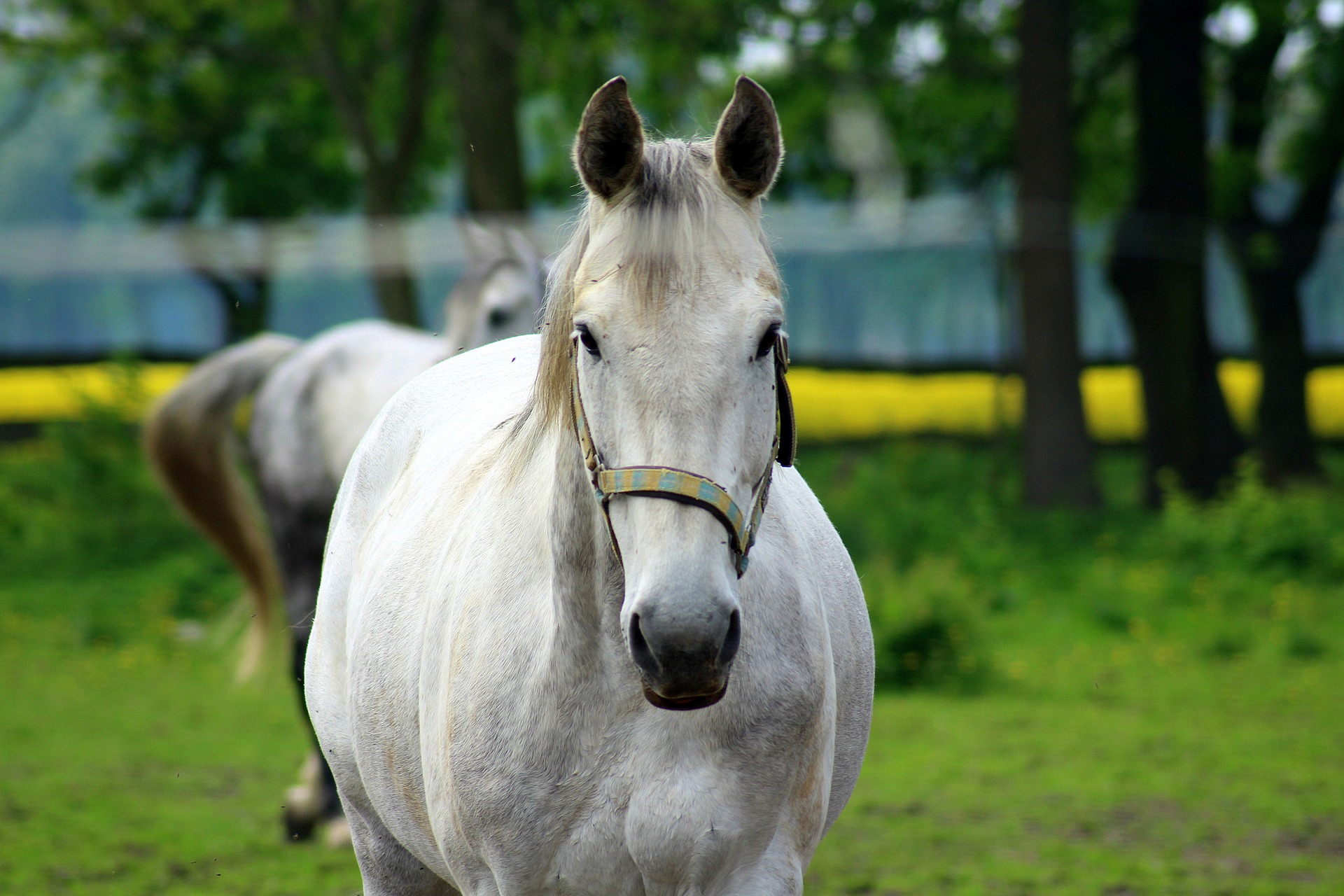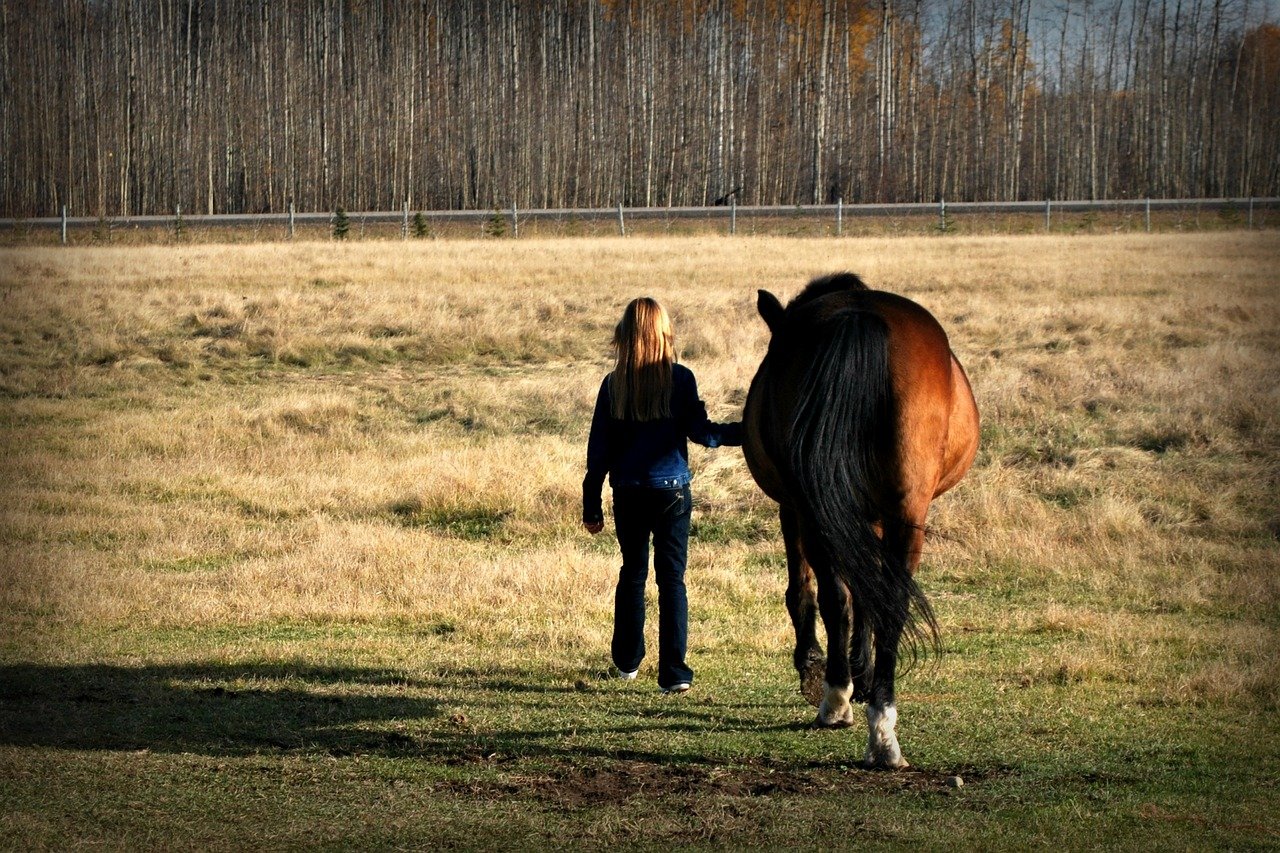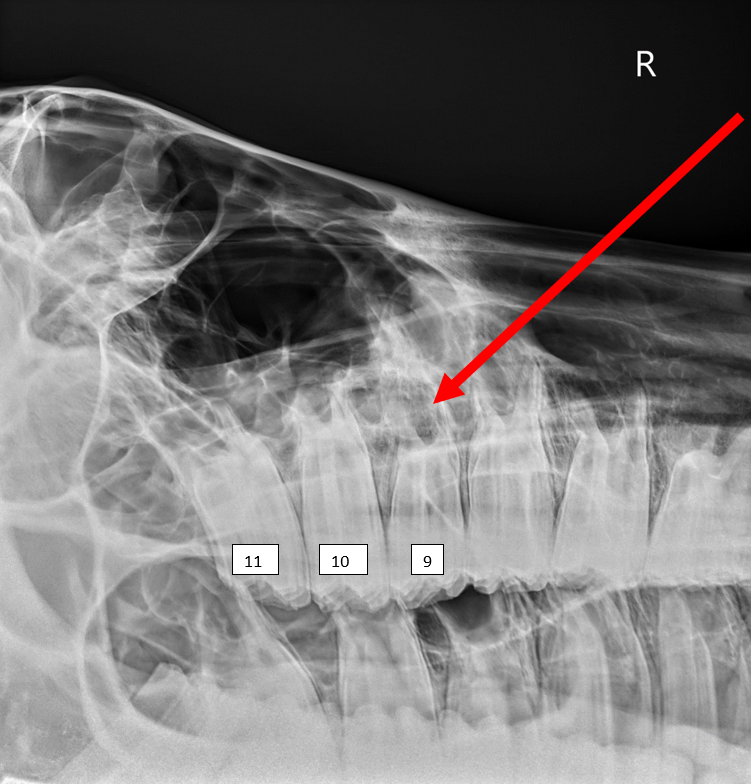 Most horse owners are familiar with equine gastric ulcers, or EGUS (equine gastric ulcer syndrome). Gastric ulcers are extremely common in horses and likely underdiagnosed. Because horses evolved as grazing animals, their stomachs are designed for continual...
Most horse owners are familiar with equine gastric ulcers, or EGUS (equine gastric ulcer syndrome). Gastric ulcers are extremely common in horses and likely underdiagnosed. Because horses evolved as grazing animals, their stomachs are designed for continual...
 Every horse owner fears colic, and with good reason: it’s the leading cause of death in horses, aside from old age. Fortunately, a vast majority of colic cases resolve relatively quickly and without surgical intervention. Early recognition of potential issues and...
Every horse owner fears colic, and with good reason: it’s the leading cause of death in horses, aside from old age. Fortunately, a vast majority of colic cases resolve relatively quickly and without surgical intervention. Early recognition of potential issues and...
 Dr. Kate Baer is a 2012 graduate from the University of Minnesota College of Veterinary Medicine. She completed a one-year internship with an equine referral and ambulatory practice in New Jersey, and then spent several years in Pennsylvania with a racetrack and...
Dr. Kate Baer is a 2012 graduate from the University of Minnesota College of Veterinary Medicine. She completed a one-year internship with an equine referral and ambulatory practice in New Jersey, and then spent several years in Pennsylvania with a racetrack and...
 Dental radiographs (Xrays) are a routine procedure for us humans at the dentist’s office, but they are also invaluable for equine dentistry. As equine dentistry has significantly advanced in recent years, improvements in portable radiography equipment have...
Dental radiographs (Xrays) are a routine procedure for us humans at the dentist’s office, but they are also invaluable for equine dentistry. As equine dentistry has significantly advanced in recent years, improvements in portable radiography equipment have...
 Skin tumors in horses are not uncommon. While a tissue biopsy is the definitive way to identify the tumor type, location and appearance can offer clues for identification. Sarcoids Sarcoids are the most common skin tumor in horses and can be separated into different...
Skin tumors in horses are not uncommon. While a tissue biopsy is the definitive way to identify the tumor type, location and appearance can offer clues for identification. Sarcoids Sarcoids are the most common skin tumor in horses and can be separated into different...








